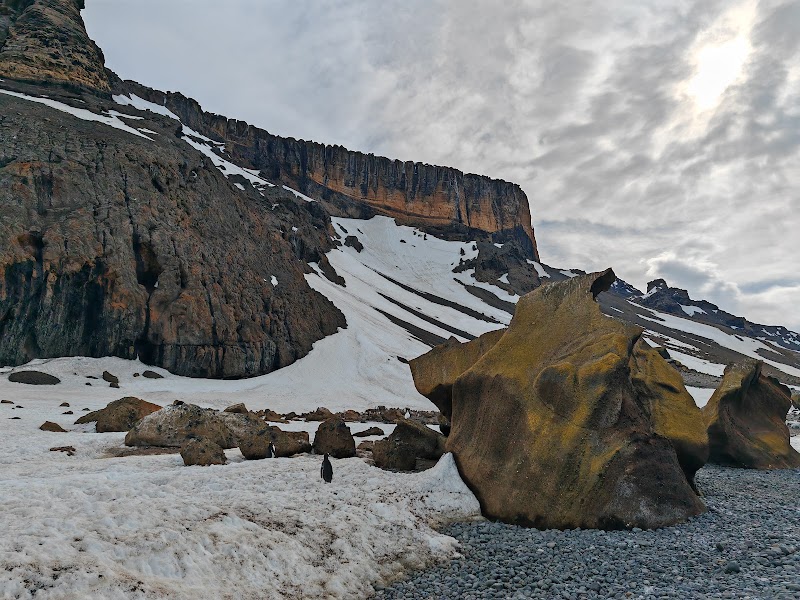
Antarctic Treaty System Adventures
The Antarctic Treaty System is a pioneering international agreement dedicated to preserving the continent of Antarctica for peaceful and scientific purposes. It uniquely balances environmental protection with international collaboration.
About Antarctic Treaty System

The Antarctic Treaty System (ATS) was established in 1959 and came into force in 1961. It comprises the original treaty and related agreements which are collectively known as the Antarctic Treaty System. The treaty sets aside Antarctica as a scientific preserve, establishes freedom of scientific investigation, and bans military activity on the continent. Covering over 5.4 million square miles, the ATS establishes that Antarctica is a natural reserve, dedicated to peace and science. Its protections extend to the entire continent, ensuring that research rather than exploitation guides human activity. The governance under the treaty prohibits nuclear explosions and the disposal of radioactive waste in Antarctica. Moreover, it provides a framework for the management of the continent that includes environmental protection, conservation of flora and fauna, and careful regulation of human presence and activities. Renowned for its unique wildlife, including penguins, seals, and diverse marine life, the continent offers unparalleled opportunities for scientific research in climatology, glaciology, and biology. The treaty allows for the establishment of research stations but strictly controls tourism and other logistical activities, ensuring minimal ecological impact.
Highlights
Research Stations: Hubs of global scientific research across diverse disciplines.
Unique Wildlife: Home to species like Emperor Penguins and Weddell Seals.
Ice Shelves: Vast floating ice formations such as the Ross and Ronne Ice Shelves.
Southern Ocean: Waters that are vital to global oceanic and climate systems.
Notable Natural Features
Mount Erebus
Active volcano providing rare geological insights.
McMurdo Station
The largest research station in Antarctica, mainly operated by the United States.
Polar Ice Caps
Vast ice covers that are crucial for climate science and environmental study.
